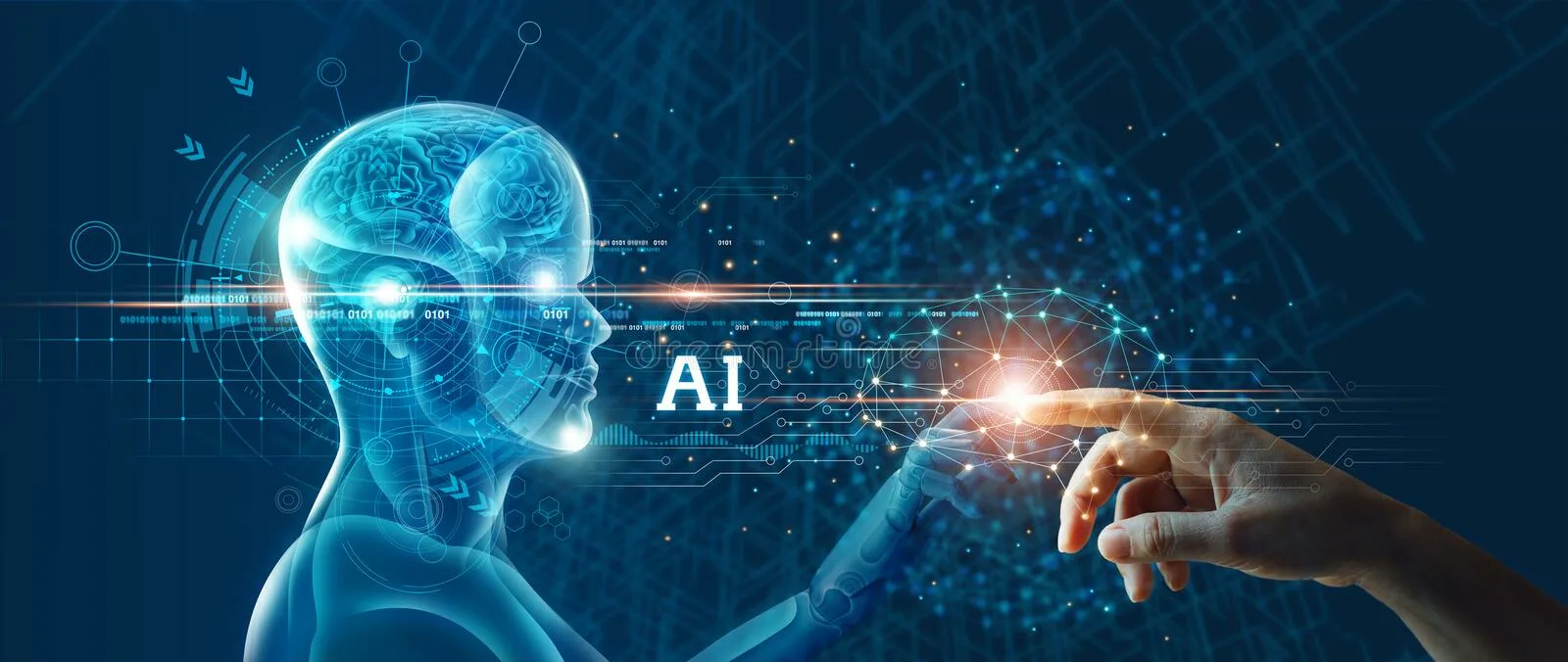
In recent years, we often hear about neural networks, which are expected to replace many professions in the near future. It might seem that the idea of creating artificial intelligence emerged quite recently. However, neural networks have come a long way over more than half a century and are still in the early stages of development. A neural network can instantly process a vast amount of information and operates on the principle of the human brain, but it cannot solve many simple tasks that people encounter every day – recognizing emotions, sarcasm, understanding indirect speech.
Today, we will look at the history of neural networks and trace their path to their current state. This is important not only for specialists in the field of artificial intelligence and computer science but also for everyone interested in who invented the neural network and what great minds stand behind the technologies that have become part of our daily life.
Who Invented ChatGPT
ChatGPT is one of the world’s most popular AI models, trained to understand and generate text in various styles and sustain dialogues with users. The neural network, based on the GPT (Generative Pre-trained Transformer) architecture, was developed by a group of researchers and engineers at OpenAI.
The non-profit organization was founded in 2015 with headquarters in San Francisco. In 2019, OpenAI transformed into a limited profit company. The foundation of the organization was headed by outstanding personalities from Silicon Valley:
- Elon Musk;
- Sam Altman;
- Peter Thiel;
- Ilya Sutskever;
- Jessica Livingston;
- Adam D’Angelo;
- Tasha McCauley;
- Helen Toner;
- Reid Hoffman.
OpenAI is governed by a board including Greg Brockman, Ilya Sutskever, Sam Altman, and other part-time members. Rumor has it, in the near future, the organization plans to expand its influence in robotics and has already established partnerships with major players in the technological industry.
Who Invented Midjourney
The creation of Midjourney and its unique capability of generating images based on textual prompts is an exciting development in the field of artificial intelligence and digital creativity. The mastermind behind this project is David Holz – a remarkable mathematical genius and renegade entrepreneur whose achievements in 3D motion control technology have significantly advanced the digital industry. He is the CTO and co-founder of Leap Motion, headquartered in San Francisco.
Holz received a Ph.D. and began his career as a consultant for NASA and the Max Planck Institute. The young scientist’s mathematical discoveries and research led to the creation of Leap – one of the world’s most powerful technologies for 3D motion control. At the time of the significant discoveries in high technology, David Holz was just 24 years old.
Midjourney is a kind of social network where users can create and share unique works of art generated on request by a neural network. The main difference between Midjourney and similar projects like DALL-E 2 from OpenAI lies in that it can be accessed through the Internet protocol of voice transmission, the instant messaging social platform Discord, rather than through a website or mobile app.
Furthermore, the project is distinguished by its own style and creation of higher quality images with a high level of detail, realism, and creativity using textual prompts. The project was made possible thanks to training the artificial intelligence model on enormous amounts of data and images.
Other Creators of Neural Networks
However, artificial intelligence was conceived long before today’s technology. The first to invent the neural network were American mathematician Warren McCulloch and neurophysiologist Walter Pitts. In 1943, these scientists created the first model of a biological neuron, which became the starting point for the development of neural networks in the future.
The next important milestone was the creation of the perceptron by Frank Rosenblatt in 1957. It was the first artificial neural network capable of learning and it became the predecessor of many modern machine learning algorithms. However, at the time, there wasn’t enough computing power to conduct full-scale research, and the AI development project was postponed for several decades.
Active development of neural networks resumed towards the end of the 20th century. In 1986, David Rumelhart, Geoffrey Hinton, and Ronald Williams introduced the method of backpropagation of errors, which became the core mechanism for deep learning neural networks. This resurgence led to continued research in artificial intelligence.
With the emergence of large volumes of data, powerful computational resources, and improved algorithms, neural networks have been developing especially rapidly over the last decade. Among the scientists who envisage neural networks in 2023, some notable names include Geoffrey Hinton, Andrew Ng, Jeff Dean, and Ilya Sutskever. They are actively engaged in the research of artificial neural networks and make substantial contributions to the development of future high technologies.
In Conclusion
As the article makes clear, it’s impossible to name a single individual who invented the artificial neural network. Rather, it is a collective, long-term accomplishment of the scientific community. Today, neural networks are actively used in various sectors - automotive industry, medicine, financial activity, gaming industry, advertising and marketing. But artificial intelligence is still far from perfect. Therefore, it can be asserted that the history of neural network development is only just beginning.

